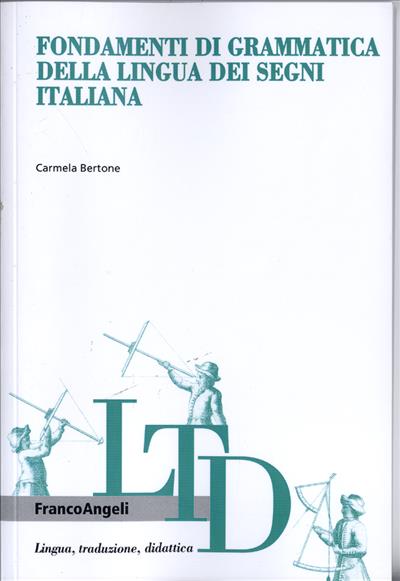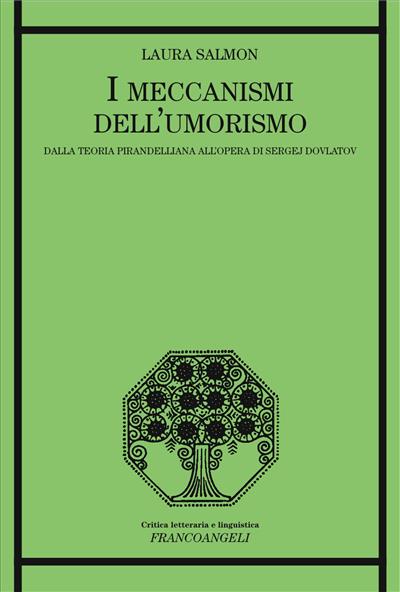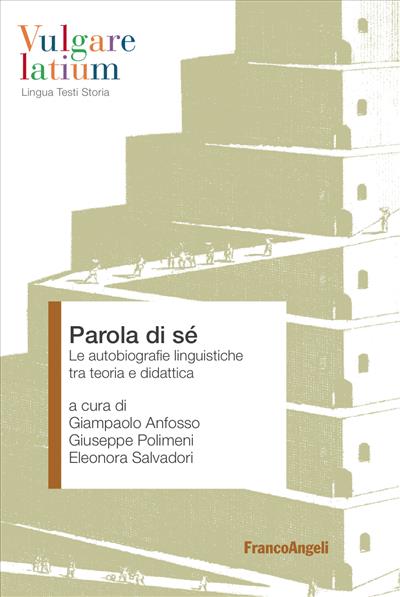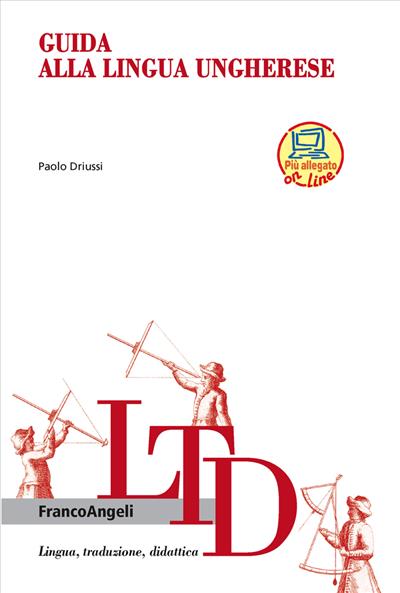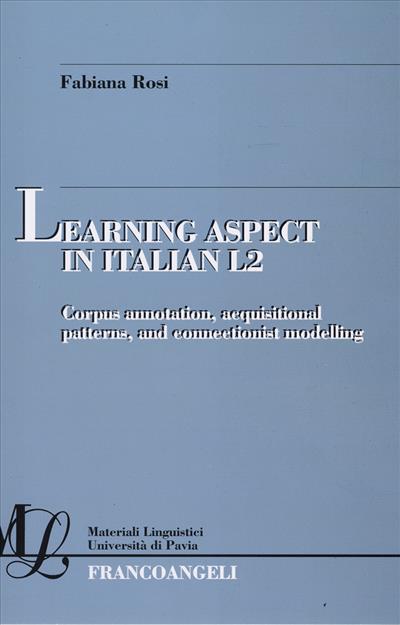
Learning Aspect in Italian L2.
Corpus annotation, acquisitional patterns, and connectionist modelling
Within acquisitional studies, the learning of Aspect represents one of the most intriguing and debated issues. The present book provides an overview of this long tradition of research and addresses the emergence of Aspect in Italian L2 using corpus compilation and annotation, data analysis and computational simulations.
Pagine: 240
ISBN: 9788856806991
Edizione: 1a edizione 2009
Codice editore: 1095.64
Disponibilità: Discreta
Pagine: 240
ISBN: 9788856808452
Edizione:1a edizione 2009
Codice editore: 1095.64
Possibilità di stampa: No
Possibilità di copia: No
Possibilità di annotazione: No
Formato: PDF con DRM Readium LCP
